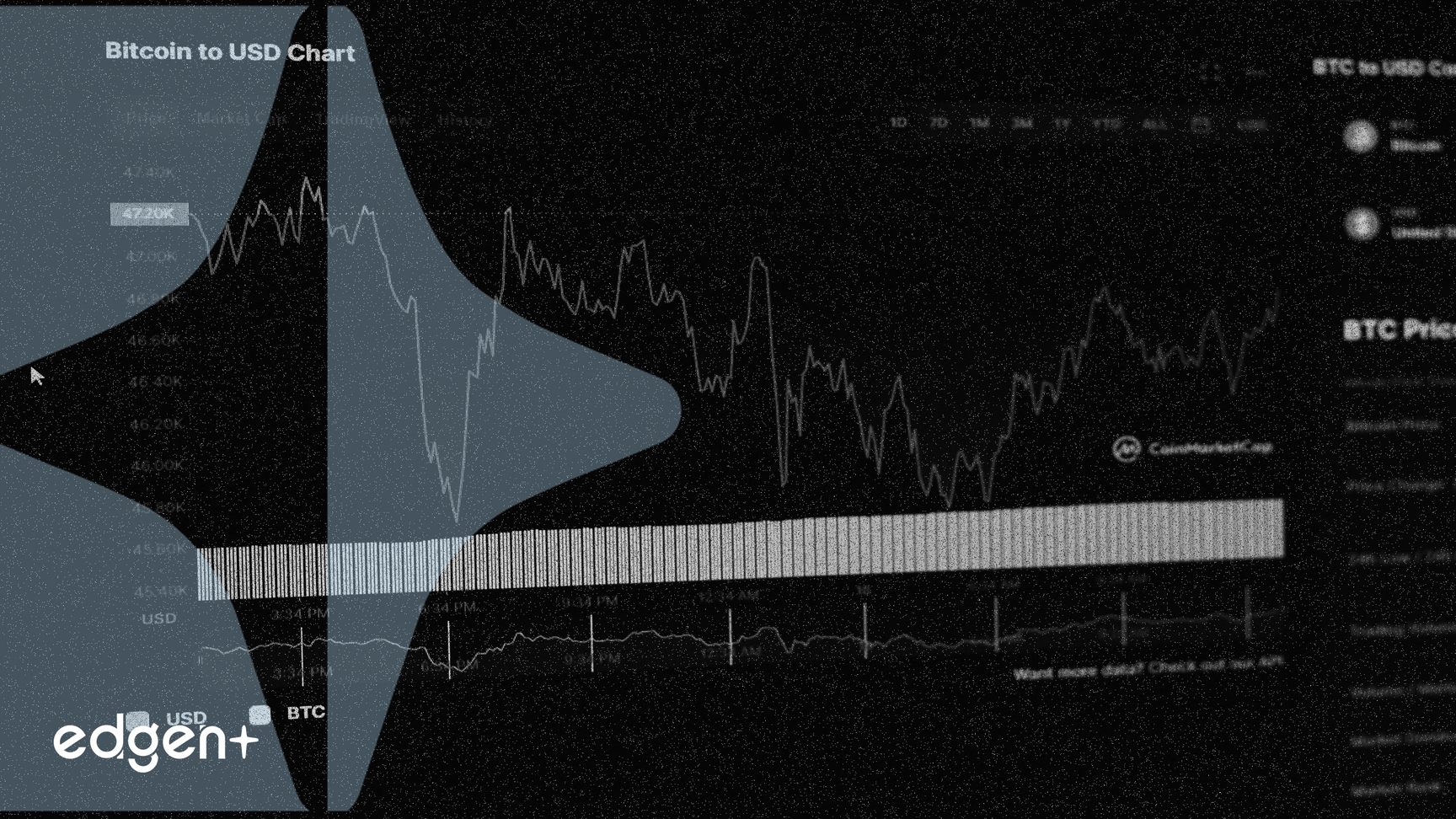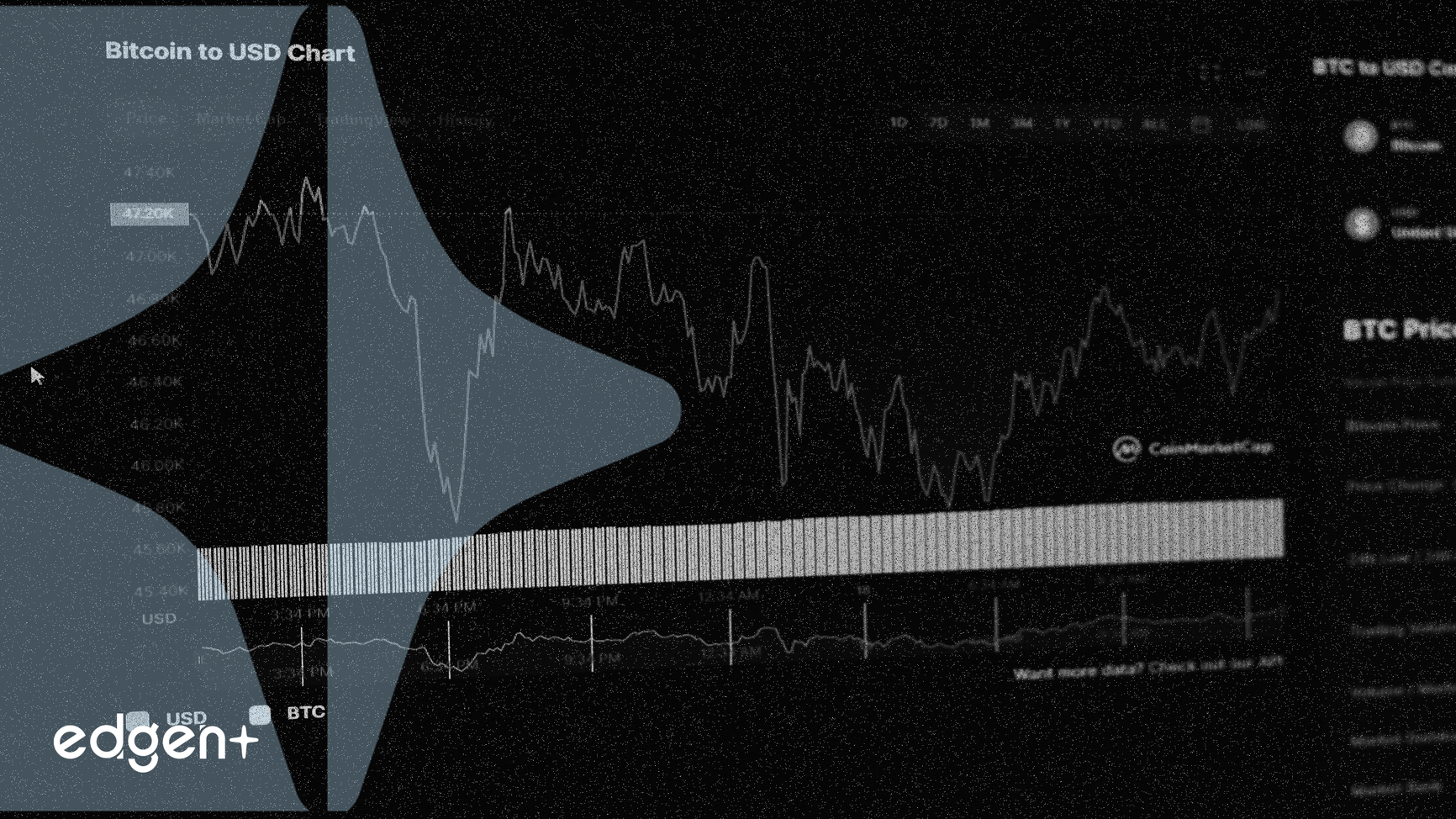Diversified Real Estate Investment Trusts (REITs) are currently trading at a substantial 24% discount to the intrinsic value of their underlying real estate assets, according to recent cap rate analyses. This valuation gap suggests a potential mispricing opportunity for investors, occurring as the broader U.S. REIT market experiences a nascent recovery fueled by anticipated Federal Reserve rate cuts. The confluence of deep discounts and easing monetary conditions positions the sector for potential revaluation, though challenges persist in certain property types.
Market Snapshot: Diversified REITs at a 24% Discount
As of September 9, 2025, Diversified Real Estate Investment Trusts (REITs) are trading at a significant 24% discount relative to the value implied by their underlying real estate assets. This assessment, derived from comprehensive cap rate analysis, indicates a notable price dislocation within the sector. The substantial valuation gap suggests that if these REITs were to trade at the cap rate of their underlying assets, their market price could be 24% higher than current levels.
Driving Factors and Market Reaction
The pronounced discount in diversified REITs appears to stem primarily from a market mispricing or "price dislocation," rather than fundamental differences in asset quality or composition when compared to their pure-play counterparts. While some degree of valuation disparity may be justifiable, the current 24% discount is widely considered excessive by analysts. For context, the U.S. REIT market as a whole is trading at an approximate 7% discount to its Net Asset Value (NAV), a significant departure from its long-term average of trading at par.
This valuation anomaly emerges amidst a broader shift in the real estate financial landscape. The FTSE All Equity REIT Index has shown signs of recovery, advancing 1.0% in January and a further 4.2% in February 2025. This nascent rebound is largely attributed to the Federal Reserve's recent initiation of rate cuts, with three reductions since September 2024 bringing the federal funds rate to a range of 4.25%-4.5%. Expectations for additional rate cuts in the latter half of 2025, driven by moderating inflation, are seen as critical catalysts for improved space demand and higher REIT valuations.
Lower interest rates are particularly beneficial for heavily leveraged REITs, as they directly reduce financing costs, thereby boosting Net Operating Income (NOI) and Funds From Operations (FFO). This, in turn, supports higher dividend payments and enhances the appeal of future cash flows, making REITs more attractive compared to other income-generating investments.
Broader Context and Implications
The anticipated moderation of inflation and subsequent interest rate cuts are expected to drive total returns for REITs in 2025 into the 8% to 10% range, with approximately half of this stemming from a robust cash dividend yield of around 4%. This outlook is reinforced by forecasts from CBRE, which projects a slight compression in cap rates throughout 2025.
- Industrial cap rates are anticipated to decrease by 30 basis points (bps).
- Retail cap rates by 24 bps.
- Multifamily by 17 bps.
- Office by 7 bps.
These projections are contingent on changes in borrowing rates and reflect an expectation that cap rates will stabilize at levels higher than those observed in the 2010s, primarily due to sustained elevated interest rates. Investment sales volume is also projected to increase by as much as 10% in 2025, despite persistent headwinds such as the 10-year Treasury yield expected to remain above 4%.
While some popular sectors like retail and data centers are considered fully priced by some analysts, ample opportunities remain. Morningstar's analysis, as of September 3, 2025, indicates that REITs as a group appear 9% undervalued.
Several REITs have been identified as significantly undervalued:
- Americold Realty (COLD): Trading 49% below its fair value estimate of $27 per share.
- Park Hotels & Resorts (PK): Valued 43% below its fair value estimate of $21 per share.
- Healthpeak Properties (DOC): Trading 36% below its fair value estimate of $27.50 per share.
- Invitation Homes (INVH): Appears 26% undervalued compared to its fair value estimate of $41 per share.
Conversely, the Lodging/Hotel REITs have underperformed, with companies such as Ashford Hotels (AHT) and Xenia Hotels (XHR) grappling with moderating leisure demand, softer pricing, and increased supply. Industrial REITs experienced a lag in 2024 due to oversupply, though long-term demand fundamentals tied to e-commerce remain strong.
Looking Ahead
Investors are advised to closely monitor broader macroeconomic factors, particularly Federal Reserve policy and Treasury yields, which are key determinants of cap rate movements. The expectation of continued monetary easing, coupled with proactive balance sheet management by many REITs through long-term, fixed-rate unsecured debt, positions the sector favorably to capitalize on improving market sentiment.
The significant discount observed in diversified REITs, alongside the broader REIT market's undervaluation, suggests a compelling value proposition for income investors and those seeking exposure to high-quality real estate assets at attractive prices. While challenges remain in certain sub-sectors and the long-term impact of elevated interest rates continues to be assessed, the current environment presents a unique opportunity for discerning investors to secure stable income streams and potentially benefit from a market correction towards intrinsic value.



